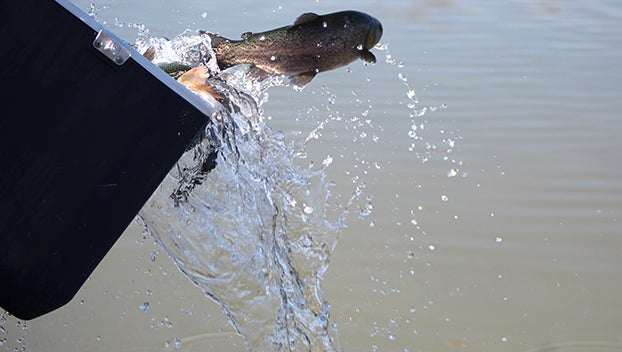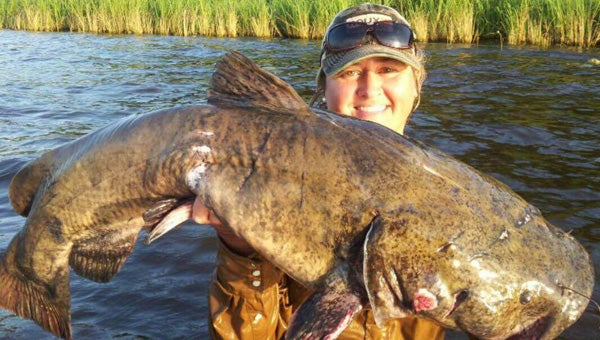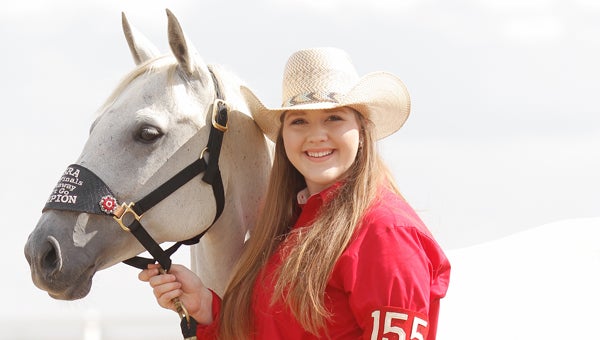Lessons from father still stick today
Published 12:01 am Sunday, December 15, 2013
It was yet another cold week on the area lakes. Some people are catching fish. I am hearing fair to good reports on the bass and some good reports on the white perch.
Being a deep-water jig and jigging spoon fishermen, this is the time of year I look forward to. Of course, your success will depend on what lake you fish.
That is the beauty of this area. We have such a diverse range of lakes and rivers that you can pretty much always find one lake at which fish are actively feeding.
When fishing deep, you need fair to good water clarity. If the water is stained to muddy, the deep bite is not impossible, but it is a bit tougher to locate and catch bass from dingy water deeper than 15 feet.
I look for Okhissa Lake to start producing some nice bass from depths of 18 to 30 feet, and maybe even deeper. That’s when the 3/4-ounce Crawgator jig and heavy jigging spoons should be fished vertical or near as vertical as possible. In cold water, the bass and perch strike zone becomes very narrow, so you really have to put the lure in their face to get strikes.
That is not a problem if the fish are in water deeper than 15 feet. Your sonar unit can put you right on top of the fish. On a reservoir like Okhissa or an oxbow lake like Bruin that offers ledges with fast drops from up to 25 to 30 feet, a sonar is a must.
Of course, you have to know how to interpret what the unit is telling you, and it is really not that difficult. If you are not good with sonar, get someone that knows what they are doing to set the unit up. That way, all you have to do is turn the unit on and just use the page view feature.
When bass and white perch fishing, look for breaks along the structure. Most call brush piles or rocks “structure,” but the structure is the ledge or drop-off. A break line on the structure would be a brush pile or sudden depth change along a ledge.
Some ledges may drop fast from 6 to 7 feet down to 20 and then back up to 15 before dropping off into 30-plus feet of water. That little hump in 20 feet would be considered the break line on the structure. Not that terminology matters that much, but that is the definition of structure and break lines.
If you really want to better your understandings of structure fishing, read the books written by the late Buck Perry, who is considered the father of structure fishing. His assumption — and I believe it — is that only 10 percent of the bass and perch population are in the shallows at most times, with the other 90 percent holding in deep water. I have followed his guidelines for more than three decades, and it has really helped me understand deep water fishing.
A big plus was my dad. The late JR Roberts was a deep water perch and bass angler, and during this time of year, he felt uncomfortable fishing waters shallower than 15 feet. One cold day in January on massive Toledo Bend (a 182,000 acre reservoir Texas/Louisiana border lake), I stuck a 7-pound bass in 38 feet of water on a jig. I believe that was in 1982. You really can’t feel a strike when fishing that deep with jigs. It is a feeling like something is just not right, so I would set the hook and, in most cases, it was a big old bass.
My dad would see me with a puzzled look as I fished and ask what was up. “I think I have a strike, but I’m not sure, Dad,” I would say. “Well, set the hook,” he would tell me. “Hook sets are free, and a bass has no hands or pockets, so if you think you have a strike, set the hook.”
That lesson stuck, and I still do that to this day. The things my dad taught me about bass fishing are priceless. He has been gone 27 years now, but he still fishes with me every time I am on the water. I was lucky to have a dad that taught me so much about fishing structure and break lines.





